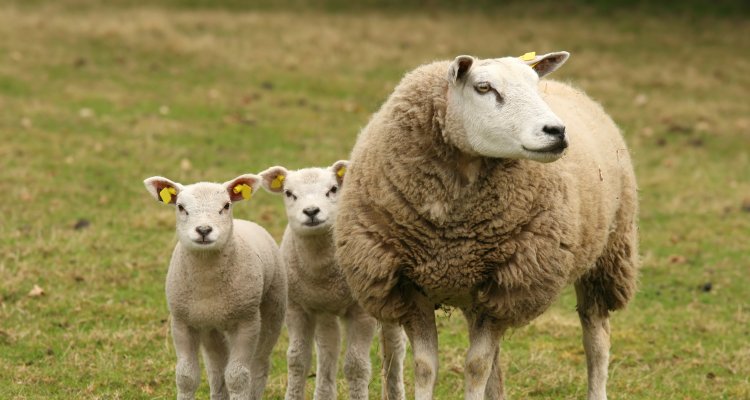
Scrapie
Scrapie is a deadly, degenerative and transmissible prion disease. Scrapie affects the central nervous system of sheep and goats. Wageningen Bioveterinary Research (WBVR) conduct research into this disease.
Scrapie is an infectious and contagious disease that has been known since the 18th century. It is a prion disease, caused by a misfolded protein.
The name scrapie is derived from one of the symptoms. Infected animals cope with severe itching and scrape their skin against fences or other fixed objects.
Scrapie infection
There are classical forms and atypical forms of scrapie. Scrapie, like BSE, is a transmissible spongiform encephalopathy (TSE) orprion disease.
Prion diseases are very unusual; unlike bacterial, viral or parasitic infections, prions do not contain RNA or DNA but consist only of a misfolded protein, the so called prion protein. After an infection, this misfolded protein can change the normally folded host protein into the misfolded form. Newly formed misfolded proteins can on their turn convert other normal proteins which leads to a cascade of protein misfolding and ultimately to the death of the cell.
Clinical signs scrapie
Sick animals scrape their skin against fences or other fixed objects. Besides severe itching, other symptoms are a dry coat and skin, and severe weight loss. Movement disorders can also occur. However, these are not as pronounced as with BSE in cattle; usually only one animal of the herd is affected.
Scrapie has an incubation period of more than two years. As a result, the disease symptoms are only seen in adult animals. In non-susceptible animals, the pathogen has virtually no chance of causing disease symptoms during their relatively short lives.
Spread of scrapie
This disease has been present in sheep and goats for centuries and has been observed worldwide, but especially in Western Europe and North America. In French the disease is called Tremblante and in German Traberkrankheit.
It has been established that the scrapie agent can survive several years in the environment, that it is relatively resistant to disinfectants and that host genetic (hereditary) factors mainly determine the susceptibility to the disease.
In sheep, the assumption is that an important route of horizontal and vertical transmission is via the placental material (afterbirth) of infected ewes during lambing.